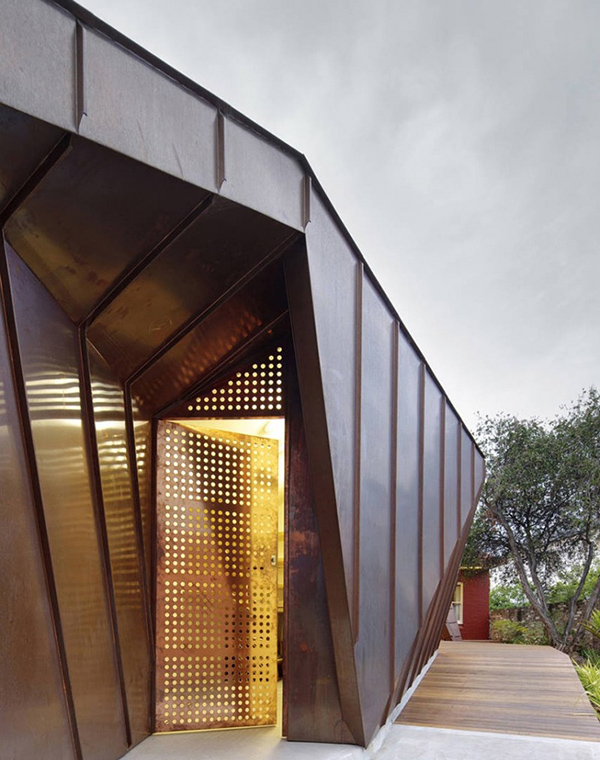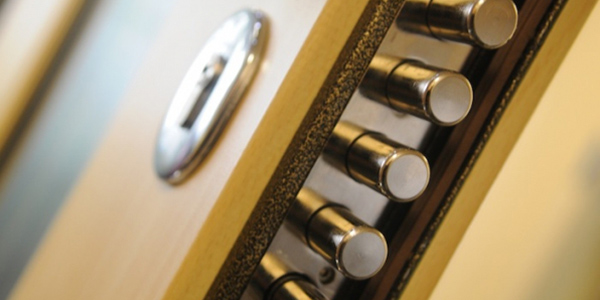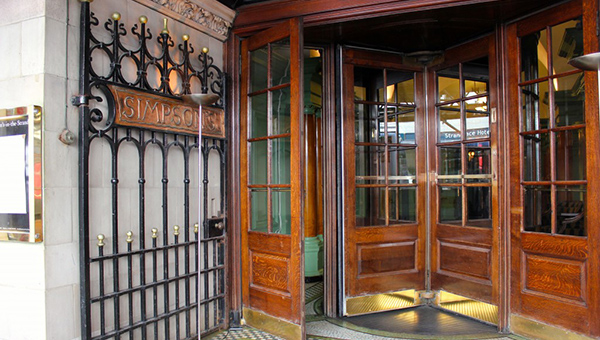An essential item for our security and privacy and also a style and design statement. We look at some of the options on doors.
Contemporary style metal doors
Metal external doors are not just functional for factories and foundries any longer. Today, it is not unusual for these doors to be used at hotels, apartment buildings, and even homes. In many areas steel doors actually outsell their wood and fibreglass counterparts.

Home extension by Innovarchi in Balmain, New South Wales, Australia
Popular choices of materials are stainless steel, bronze, brass and aluminium. There are ways of making them more interesting, either by using glass or solid panels. The door itself can come in a variety of guises including manual, automatic, swing, sliding, revolving and telescopic. Optional extras to make a door really make an entrance include fascias, letter and nameplates, or by adorning them with standard or special handles.
Metal doors for security
There are several reasons why a metal door may work best especially as an exterior door. Metal is excellent anti-theft material. Exterior doors made with high-quality metal cannot be splintered or broken down in the way that traditional wooden doors can and would test the metal of any burglar trying to force his way in.
There is a growing demand for heightened security, particularly at high profile buildings such as Parliaments, embassies, royal palaces and airports. This has resulted in the installation of top of the range blast proof screens to meet the most security conscious specifications. For these there is the choice of timber screens in the full range of metal finishes or entirely metal framed screens, both capable of housing inward and outward opening windows and doors.
A next consideration is surely how long your door will last? Metal exterior doors show their true metal in all sorts of weather and will easily perform better than many wooden doors on the market. A sealant can make the typical steel door withstand humidity, heat and cold extremities, and also hold up under torrents of rain, sleet or snow. The sealant can also help reduce nicks and dents that some of the extreme weather can inflict on wooden exterior doors. For instance a thick door leaf which is filled up with rigid foam can also help provide insulation and keep your house warm by preventing heat escaping, reducing your energy bills. The modern metal exterior door can be just as ornate as using other types of door.
You can have the facing for the door customised to resemble a pattern on, for example an interior door, to help match a design theme. Metal doors can also be treated so they resemble any type of natural wood, or alternatively painted any colour. In short, steel doors do not have to look like the steel doors found in industrial plants. They have the flexibility of being a substance that can be tweaked, to help create the appearance of more traditional wooden doors.

Steel core security door
This combination of durability, style, and security is very useful especially in areas of high crime such as inner cities. Using strong and secure doors is also necessary where the well-being of workers is paramount. Far from being just a solid door, metal exterior doors have the benefit of being practical and a great looking business entrance as well.
In terms of price they may cost a little more than more traditional doors, but they can be considered worth the cost in terms of lower maintenance and the peace of mind they bring.
Revolving doors
Revolving doors widely in use on building entrances today were the brainchild of Theophilus Van Kannel, of Philadelphia, who was granted US patent on August 7, 1888 for what was entitled “Storm-Door Structure”.
The patent drawings he submitted show a three-partition revolving door. It was described as having “three radiating and equidistant wings… provided with weather-strips or equivalent means to insure a snug fit”. It “effectually prevents the entrance of wind, snow, rain or dust…” “Moreover, the door cannot be blown open by the wind… there is no possibility of collision, and yet persons can pass both in and out at the same time.”
The patent itself does not use the term “revolving door” but he is generally considered to be the inventor of what was to become one of the most majestic entrances. Van Kannel was apparently inspired to invent his revolving door due to his phobia of opening doors for others, especially women.
Revolving doors solved the problem of how to automatically close the door opening in order to prevent buildings losing heat and getting cold. Early revolving doors were manufactured using wood because the technology and materials needed to manufacture them from metal was either not yet available or the process was too expensive.

Revolving doors to Simpsons hotel, The Strand, London UK